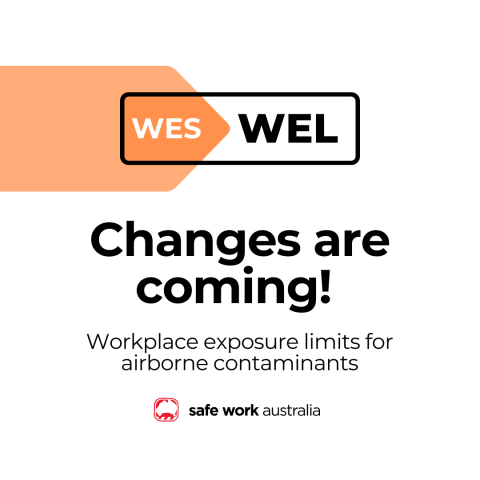As a person conducting a business or undertaking, you have a duty to keep workers and your workplace safe from the risks of excavation.
Excavation work means work to make an excavation or to fill, or partly fill, an excavation. Excavation work includes the removal of soil or rock from a site to form an open face, hole or cavity. This includes trenches, shafts and tunnels.
Excavation work does not include a:
-
mine
-
bore
-
trench used for burial
Excavation is a type of ‘construction work’. When carrying out excavation work, you must comply with construction work requirements.
WHS duties
Everyone in the workplace has WHS duties under the model WHS Act.
You have specific duties if you are:
-
a person conducting a business or undertaking (PCBU)
-
a principal contractor
-
a designer, manufacturer, importer, supplier and installer of plant, substances or structures
-
an officer.
The model WHS Regulations have duties that apply to excavation work. This includes managing the risks of excavation, falls from heights, and noise.
As a PCBU, you must, so far as is reasonably practicable:
-
ensure the health and safety of workers and others at your workplace
-
consult with workers who carry out work for the business or undertaking and who are (or are likely to be) directly affected by a health and safety matter, and
-
consult cooperate and coordinate activities with all other relevant duty holders.
Work requiring a licence
Excavation can involve:
These work activities require a licence.
Contact your WHS regulator for more information on training and licences if your excavation work includes any of these activities.
If explosives are used in excavation work, they must only be used by a licensed competent person with experience in the work to be carried out.
Contact the WHS regulator where the explosives are to be used, as requirements for the use of explosives and blasting notification requirements vary in each jurisdiction.
Managing risks
You must, so far as is reasonably practicable, eliminate or minimise risks associated with excavation. This involves:
-
identifying hazards—find out what could go wrong and what could cause harm.
-
assessing risks if necessary—understand the harm each hazard could cause, how serious the harm could be and the likelihood of it happening.
-
controlling risks—implement the most effective control measures that are reasonably practicable in the circumstances.
-
reviewing control measures to ensure they are working as planned.
Some of the most common excavation hazards are:
-
falls from one level to another
-
falling or dislodging earth or rock
-
vibration and hazardous noise
-
exposure to airborne contaminants.
Before excavation work starts, you must:
-
ensure all asbestos that may be disturbed by the excavation work is removed by a competent person.
-
contact Before You Dig Australia to check locations of electrical cables and other assets. Information on underground essential services must be:
- made available to workers, principal contractor and subcontractors
- readily available for inspection
- kept until the work finishes or for at least 2 years after a notifiable incident.
For further information, see the model Code of Practice: Excavation work.
High risk construction work
Some excavation work is high risk construction work. For example, if work is being carried out:
-
in or near a shaft or trench that is 1.5 metres deep, or a tunnel
-
where there is a risk of a person falling more than 2 metres, and
-
where there is a risk of mobile powered plant colliding with pedestrians or other powered mobile plant.
You must prepare a Safe Work Method Statement before high risk construction work begins.
Supporting information
- Code of Practice: Construction Work
- Safe Work Method Statement for construction work - Information sheet.
- Model WHS Regulations.
- Code of Practice: Excavation Work
- Code of Practice: Construction Work
- Guide for tunnelling work
- Code of Practice: How to safely remove asbestos
- Safe Work Method Statement for construction work - Information sheet
- Code of Practice: How to manage work health and safety risks
- The interactive safe work method statement (SWMS) tool provides information on preparing, using and reviewing SWMS for high risk construction work.




